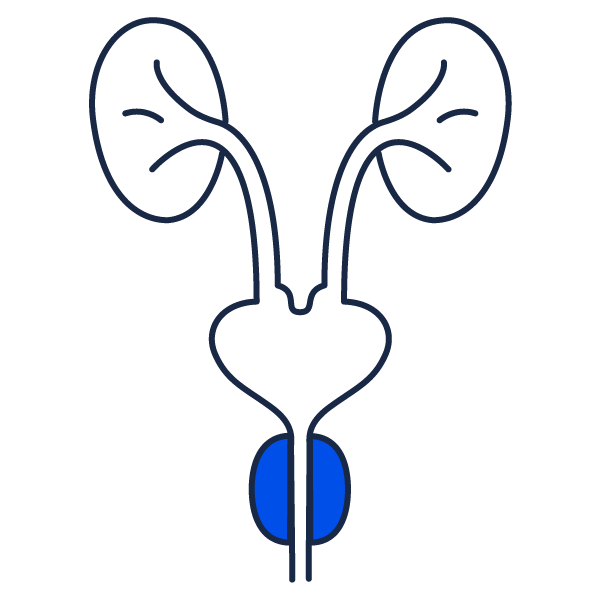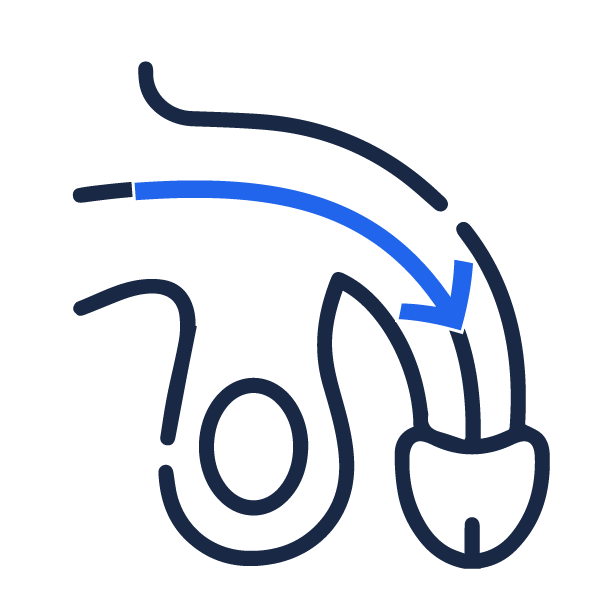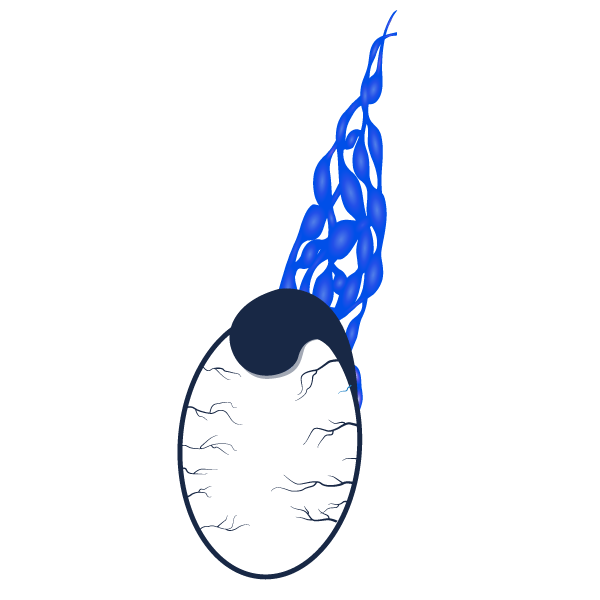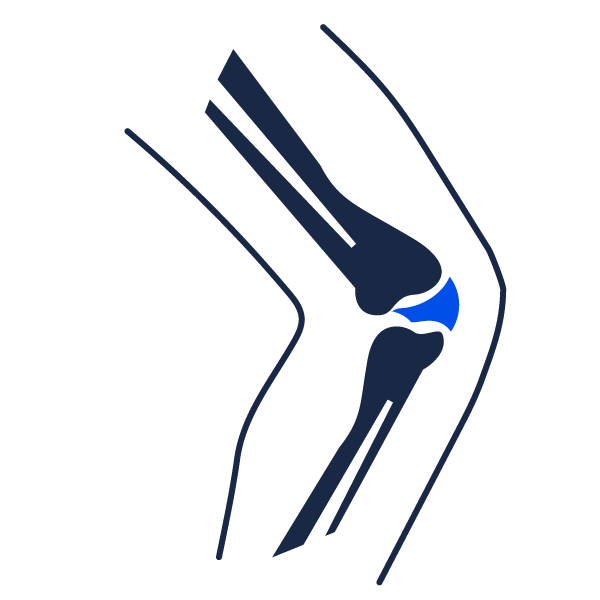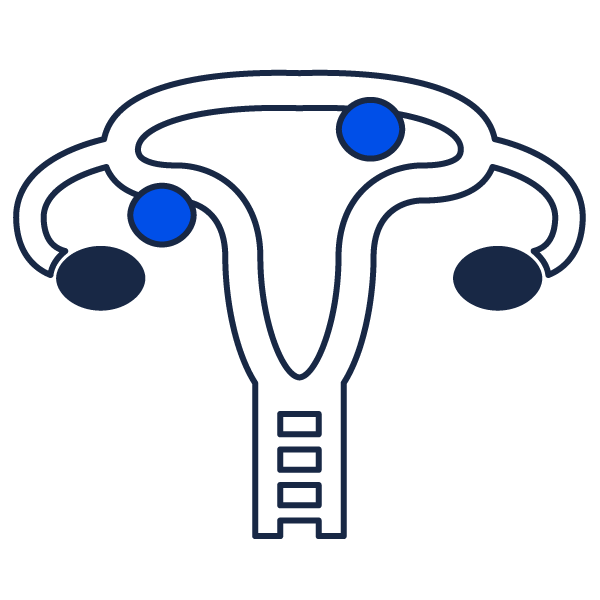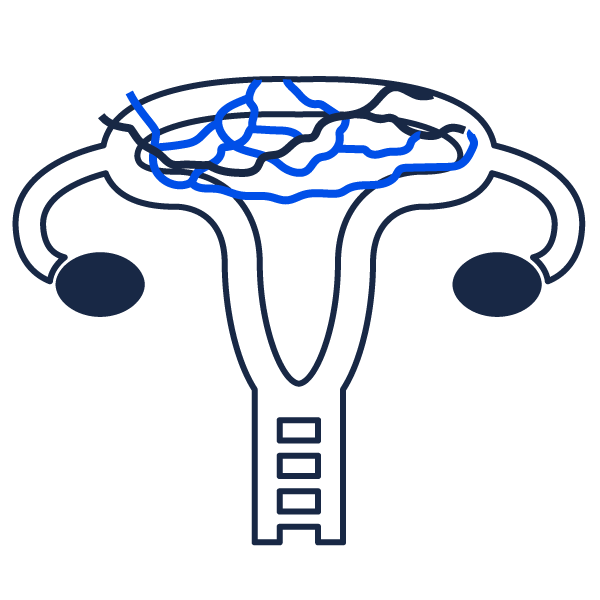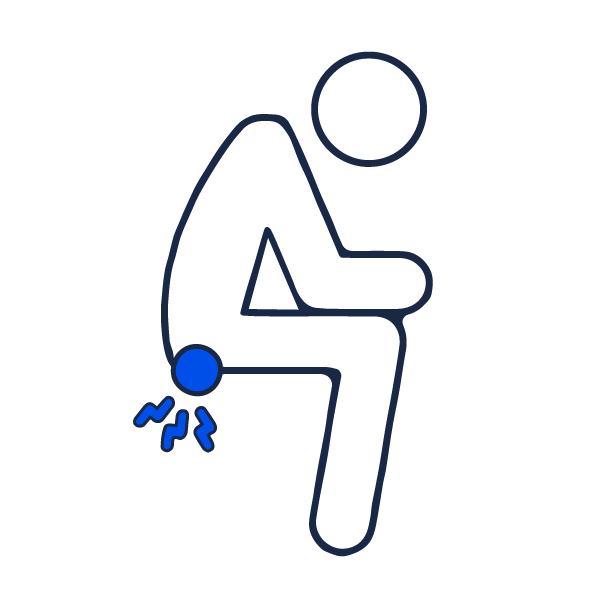One expert center for each pathology with ultra-specialized care.
The XperMD network brings together expert centers and doctors who are ultra-specialized in the least invasive techniques, alternatives to surgeries. It is the largest European medical network in terms of number of patients treated with minimally invasive techniques.
Search for a pathology, a symptom…
and find out all about the alternatives to surgery our clinics provide
One institut, one pathology
Which pathology concerns you? We help you find the right expert center and make an appointment with a specialist
An expert center by pathology
Exploration & diagnostics
Outpatient procedures
“Originally, minimally invasive techniques were a therapeutic tool reserved for surgical contraindications. Due to lower mortality and morbidity, these imaging-guided interventions have gradually replaced certain surgical procedures until they became establish itself as a major player with the aim of optimizing the efficiency and precision of medical procedures whatever the organ, as well as the safety and comfort of the patient.”
The rise of minimally invasive procedures
Less than 50 years ago, to answer clinical questions concerning a patient, it was necessary to perform a surgical procedure: laparotomy, thoracotomy, trephination, etc. This pattern was disrupted by the revolution in medical imaging: with the help of a puncture needle, a catheter under imaging control, we navigate the human body, without opening it, to treat it from the inside.
Minimally invasive interventions correspond to a major field of innovation which responds to a strong demand to move towards more effective and less invasive treatments. The shift to ambulatory care is a major perspective for saving money and improving the quality of care. Technical developments are major both for guidance methods and for interventional radiology equipment. These developments affect all organ pathologies. The ability to combine real-time, non-invasive imaging with minimally invasive interventions, often via catheter, offers significant benefits to patients.

